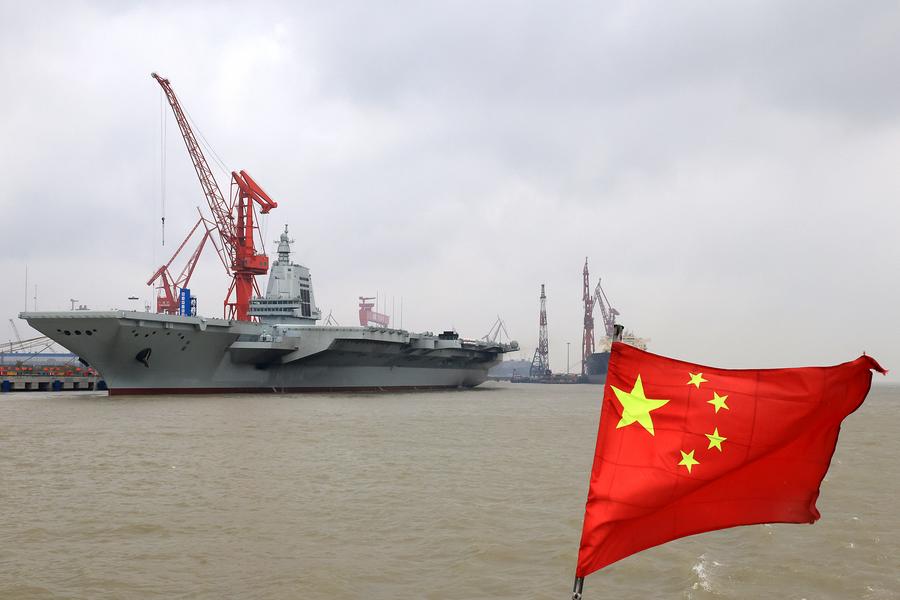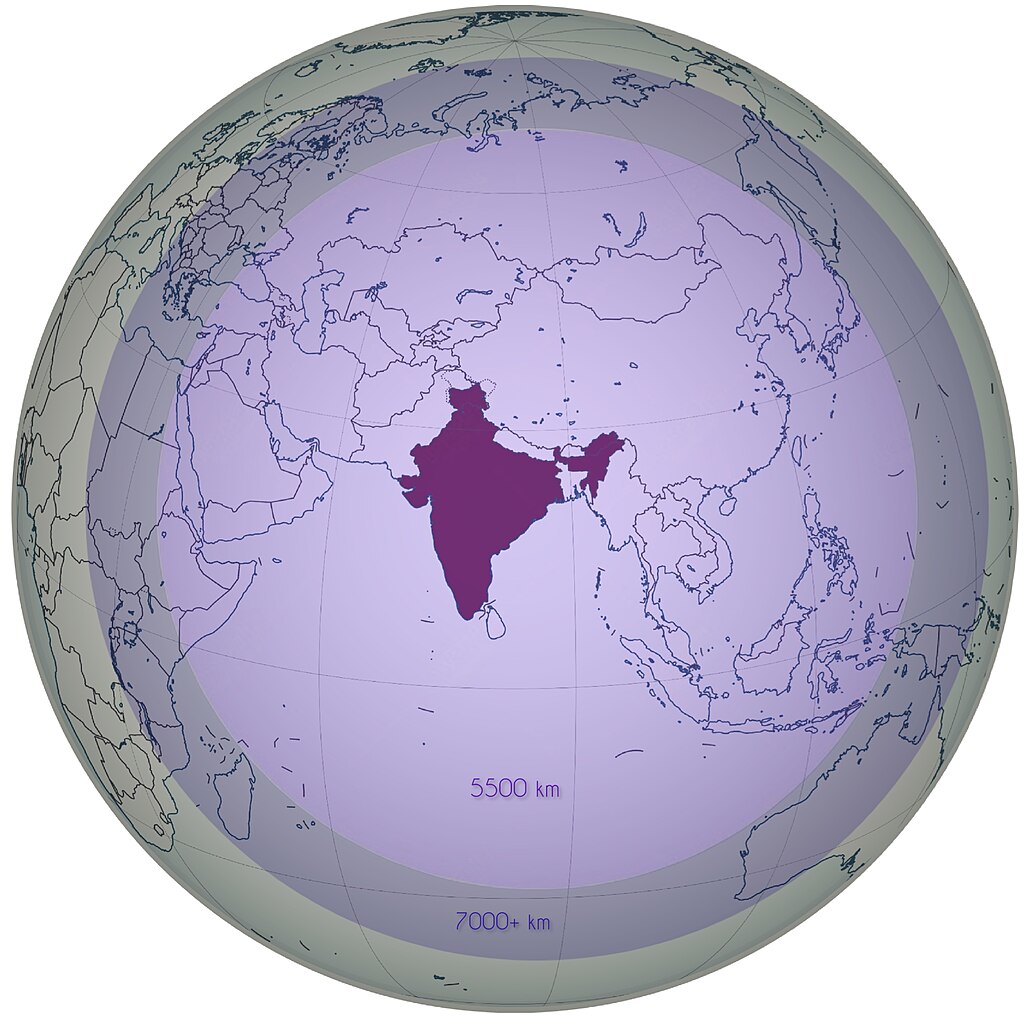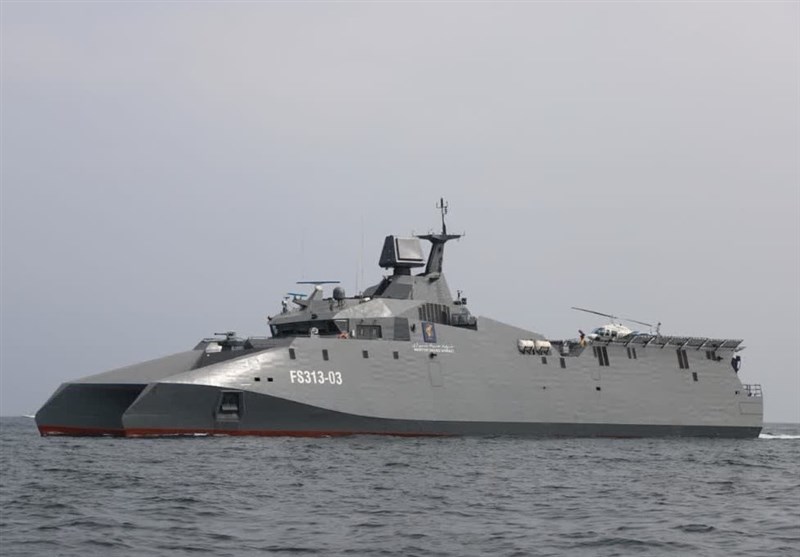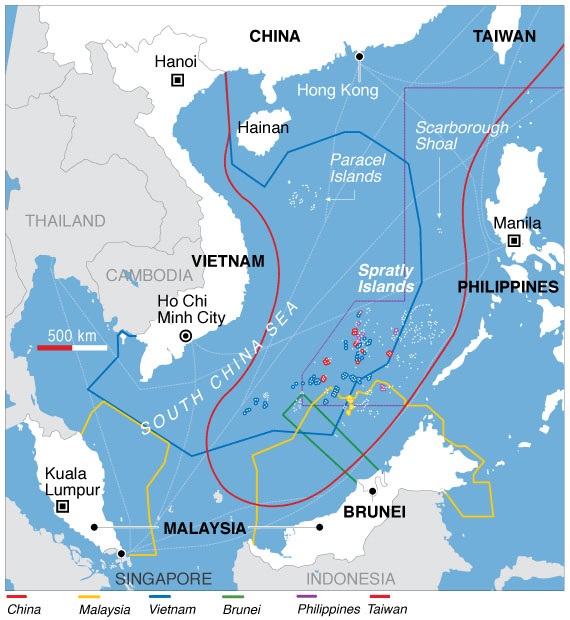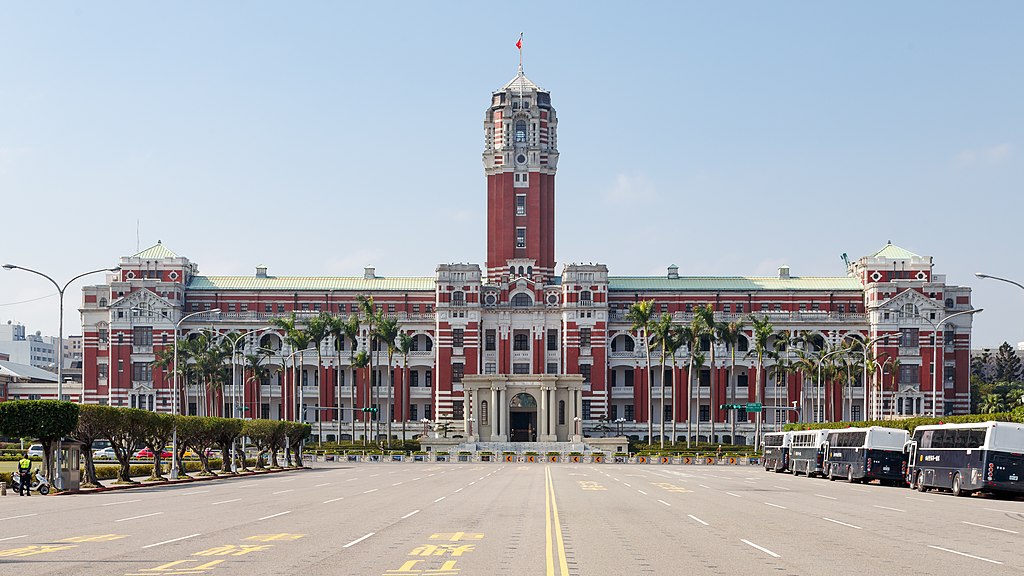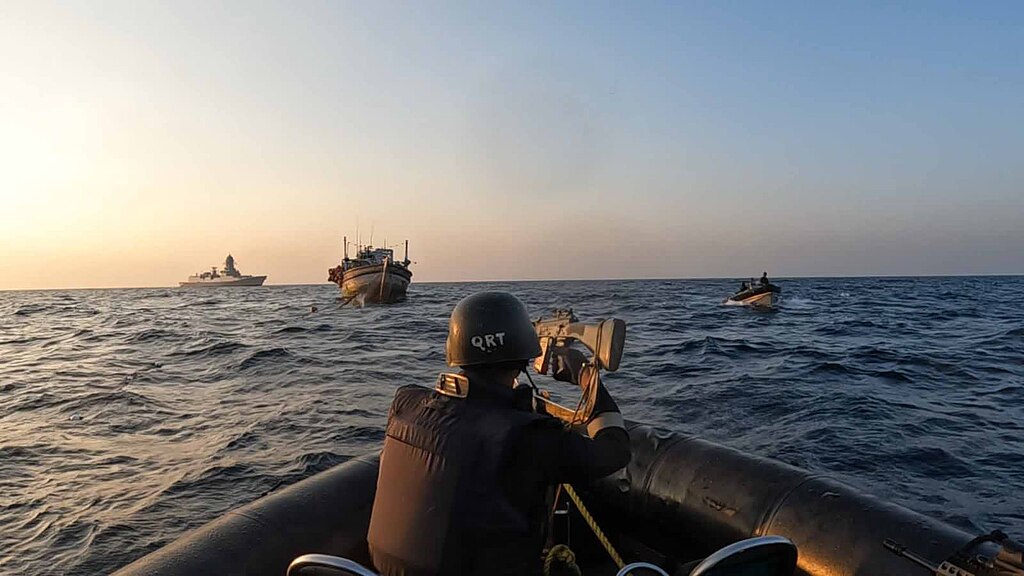
Underwater fiber optic cable on the ocean floor
China has arisen as an economic superpower rivaling the U.S. and now consumes large amounts of data… [however] China’s presence in subsea cable networks is fading rapidly.”
The United States is working with global technology companies, and regional neighbors, to actively exclude China from future undersea cable networks that will connect the region to the rest of the world according to the excerpted article from Japan-based Nikkei news agency. Subsea cables form the backbone of the exchange of global information, carrying 99% of the world’s data traffic—including information considered important to national security. While the Nikkei article doesn’t delve into the geopolitical concerns between the United States and China, the move to restrict the flow of data available to China via these undersea cables, should be seen as a mechanism to isolate China. China, which was once expected to be the future hub for subsea networks that form vital arteries of international communication, is on schedule to receive only three cables laid after this year. All three to Hong Kong, which was relatively more independent when the contracts to lay those undersea cables were struck. By comparison, in the next few years an additional 11 cables are scheduled to be laid in the region: four cables to Japan and seven to Singapore. According to a researcher interviewed for the article, the moves to isolate China from the conduit that carries global information is manifestation of a “subsea cold war” going on between the United States and its partners and China.[i] The U.S. process to isolate China began in 2020 when the Trump administration, “adopted The Clean Network initiative[ii] to freeze Chinese businesses out of telecom infrastructure projects.” This initiative has continued under the Biden administration, citing the “need to ensure data security.”[iii] The article notes that with the decrease in this important data conduit, the share of data centers in China will stay stagnant or begin to recede as well, while increasing in other Asian countries such as Japan, Philippines, and Southeast Asia. This hi-tech form of economic blockade will be a risk to China as its technology prowess begins to lag behind its regional competitors. These second and third order of effects make the subsea cable issue another potential flashpoint between U.S. – China relations, which given the numerous flashpoints between the two super powers, could result in additional tension and possible military action.[iv]
Sources:
Kentaro Takeda, “More subsea cables bypass China as Sino-U.S. tensions grow,” Nikkei, 11 May 2024. https://asia.nikkei.com/Spotlight/Datawatch/More-subsea-cables-bypass-China-as-Sino-U.S.-tensions-grow?utm_campaign=IC_asia_daily_free&utm_medium=email&utm_source=NA_newsletter&utm_content=article_link&del_type=1&pub_date=20240513123000&seq_num=3&si=91811959-21c4-44f4-9028-13136a8d0104
Growing geopolitical tensions between the U.S. and China have begun to affect the flow of global data due to an expected sharp fall in new undersea cables linking China with the rest of the world…
China is expected to see only three cables laid after this year — fewer than half the number planned for Singapore. The lack of undersea projects is also expected to weigh on the construction of data centers in the country.
Subsea cables form the backbone of the internet, carrying 99% of the world’s data traffic. Roughly 140,000 kilometers of such cables will be completed this year, three times more than five years ago… The increase reflects growing demand for data traffic prompted by the spread of video streaming and cloud services.
On April 10, Google announced a $1 billion project to build two submarine cables to connect Japan, Guam and Hawaii…The leaders said in a joint statement that they welcomed the investment “to improve digital communications infrastructure between the United States, Japan and Pacific Island Nations.”
Behind this seemingly coordinated public-private initiative was “the subsea cold war” between the U.S. and China, said TeleGeography’s research director, Alan Mauldin.
China has arisen as an economic superpower rivaling the U.S. and now consumes large amounts of data. Fifteen 1,000-km-plus submarine cables, all put into use since 1994, link China and the rest of the world….
The tide began to change around 2020, when the U.S., led by then-President Donald Trump, adopted the Clean Network initiative to freeze Chinese businesses out of telecom infrastructure projects. The U.S. has since kept this tough stance against Beijing, citing the need to ensure data security…
China’s presence in subsea cable networks is fading rapidly. Three international cables to connect Hong Kong are due for completion in 2025, but no undersea projects are scheduled for the country thereafter. There are plans to lay four cables to Japan and seven to Singapore after 2024. In addition, nine cables will be laid to Guam, midway between the U.S. mainland and Southeast Asia.Subsea cables and call centers are two pillars of digital infrastructure that move large amounts of data. Their presence could determine the power and influence of host countries and the businesses operating within them.
Notes:
[i] See: “US-China tech war’s new battleground: undersea internet cables,” South China Morning Post,” 14 December 2019. https://www.scmp.com/week-asia/politics/article/3042058/us-china-tech-wars-new-battleground-undersea-internet-cables
[ii] For more information on The Clean Network, see U.S. Department of State summary. https://2017-2021.state.gov/the-clean-network/
[iii] In 2021 Google and Facebook announced they had halted efforts to lay undersea cable connecting California and Hong Kong due to U.S.-China tension. See: “Google, Facebook unveil new Asia undersea data cable plan linking Singapore, Japan, others,” South China Morning Post, 16 August 2021. https://www.scmp.com/news/asia/southeast-asia/article/3145253/google-facebook-unveil-new-asia-undersea-data-cable-plan?campaign=3145253&module=perpetual_scroll_0&pgtype=article
[iv] The gradual restricting of subsea cables to China is occurring at the same time that the U.S. officials are warning that existing subsea cables could be sabotaged or tampered with by Chinese maintenance vessels contracted to maintain existing subsea cables. See: “U.S. Fears Undersea Cables Are Vulnerable to Espionage From Chinese Repair Ships,” The Wall Street Journal, 19 May 2024. https://www.wsj.com/politics/national-security/china-internet-cables-repair-ships-93fd6320
Image Information:
Image: Underwater fiber optic cable on the ocean floor
Source: https://www.openaccessgovernment.org/article/protecting-submarine-cables-enhanced-connectivity-subsea/155612/
Attribution: CC by 4.0

